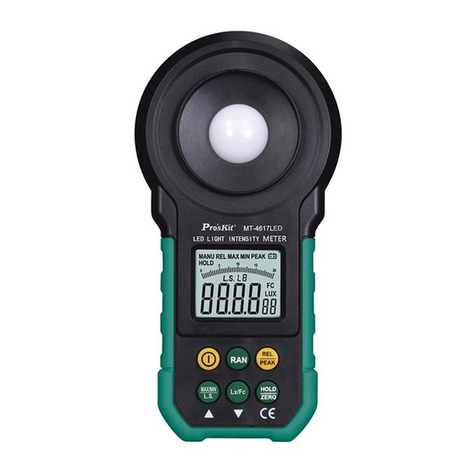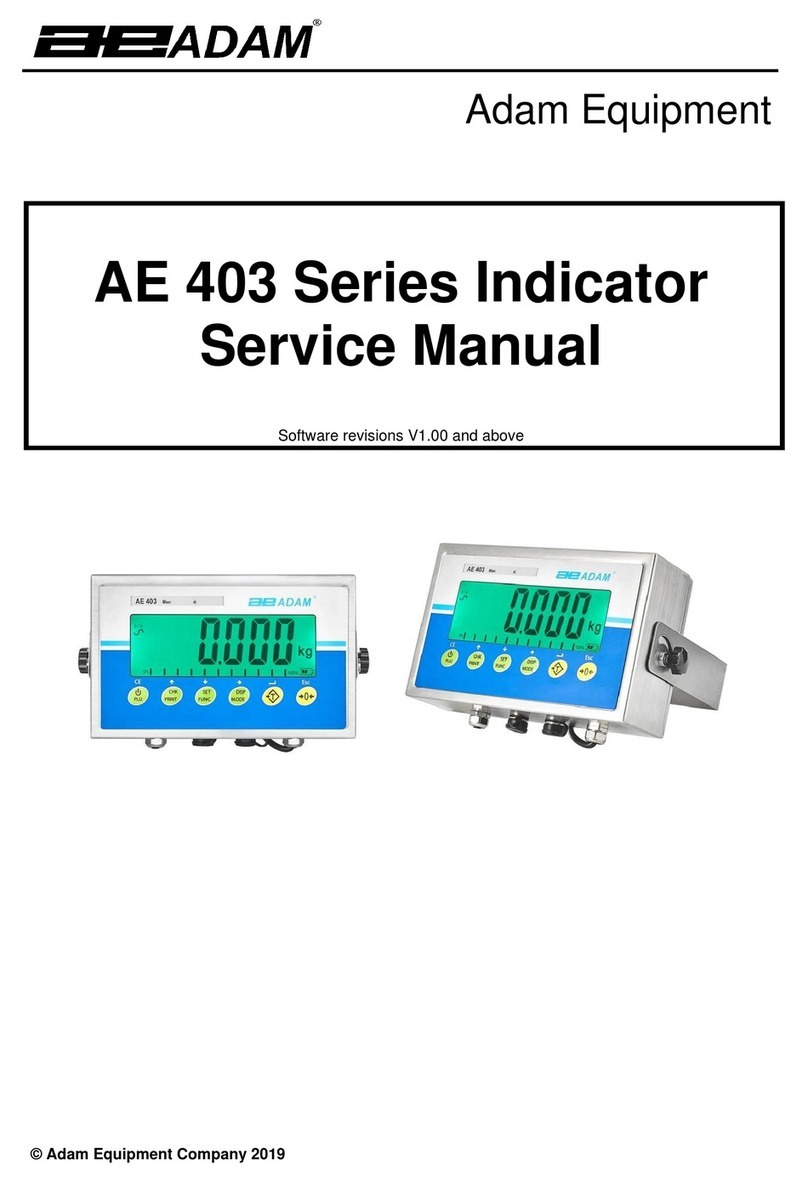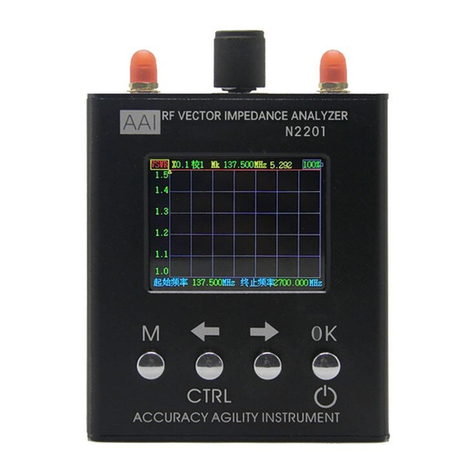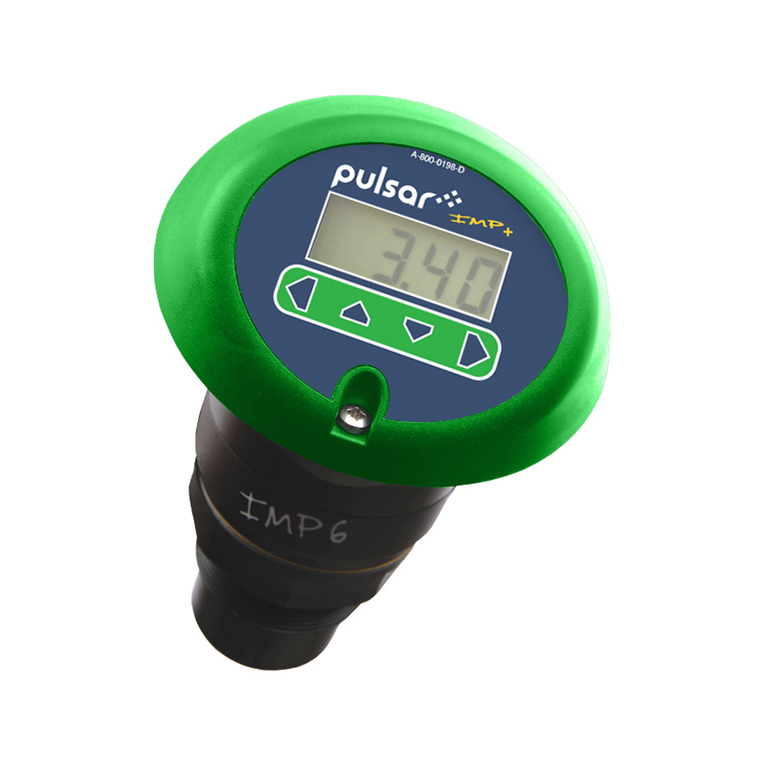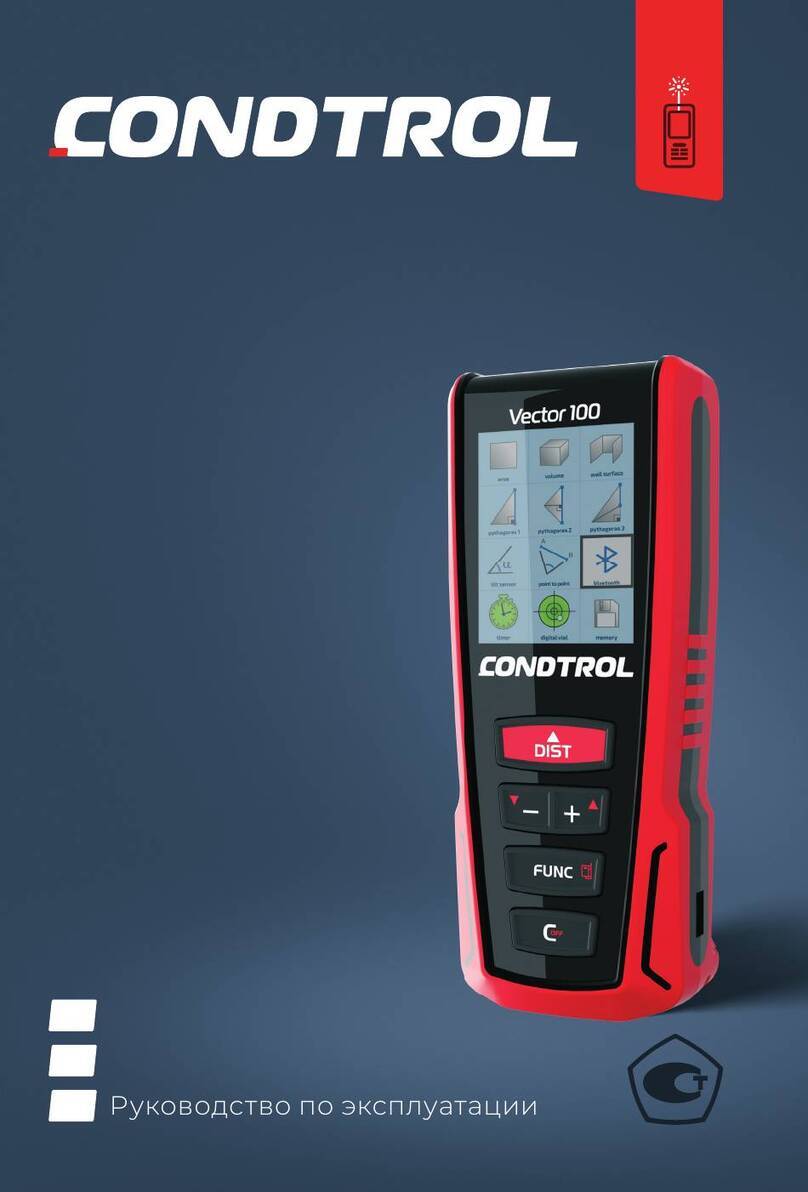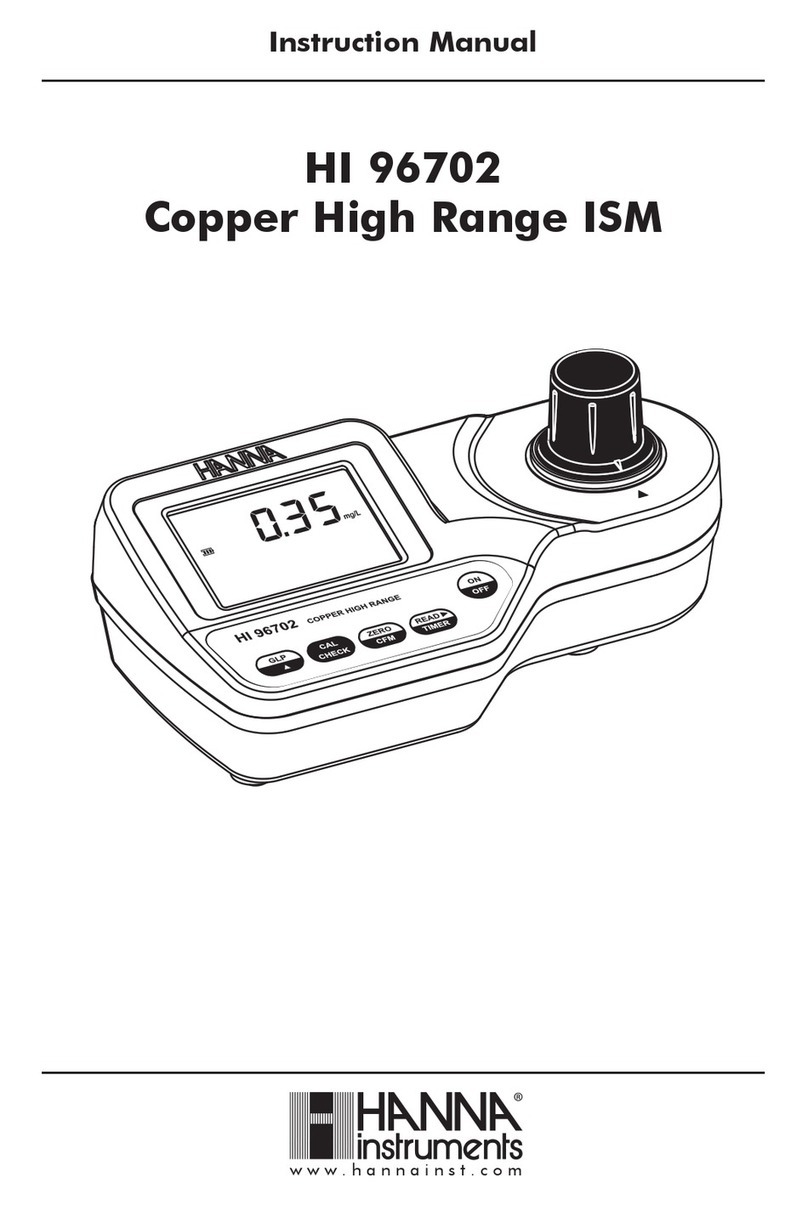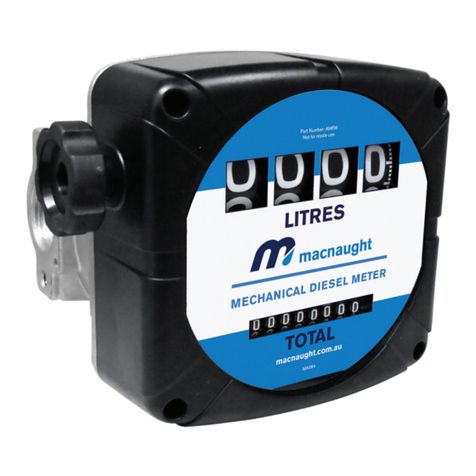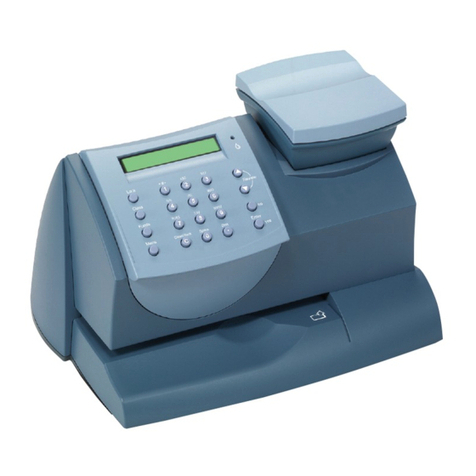Pro's Kit MT-4617 User manual




















Other Pro's Kit Measuring Instrument manuals
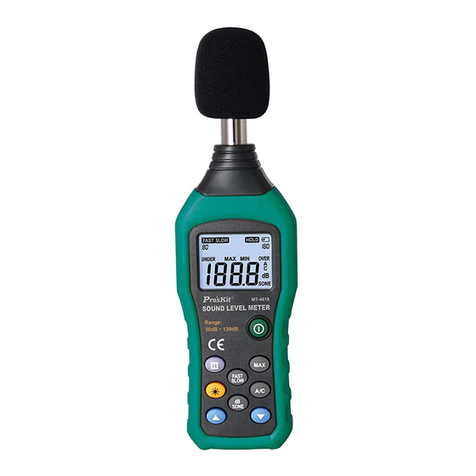
Pro's Kit
Pro's Kit MT-4618 User manual
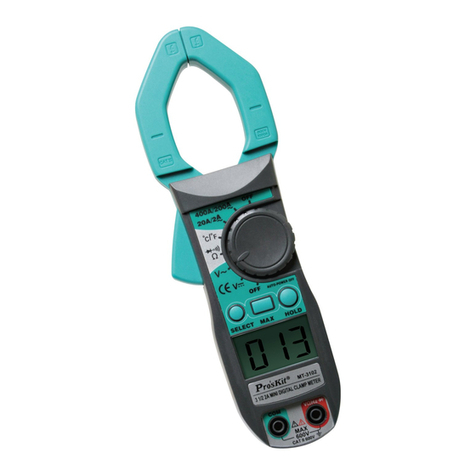
Pro's Kit
Pro's Kit MT-3102 User manual
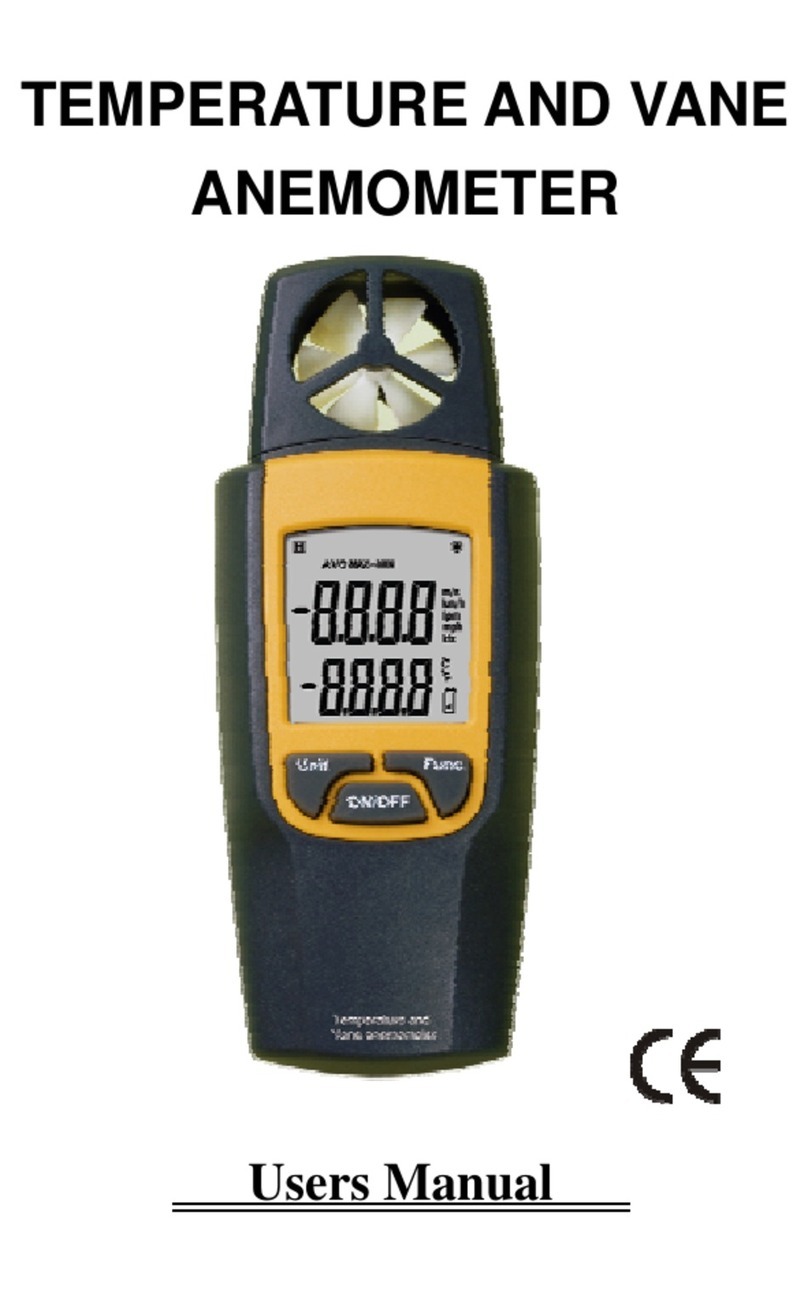
Pro's Kit
Pro's Kit MT-4015 User manual
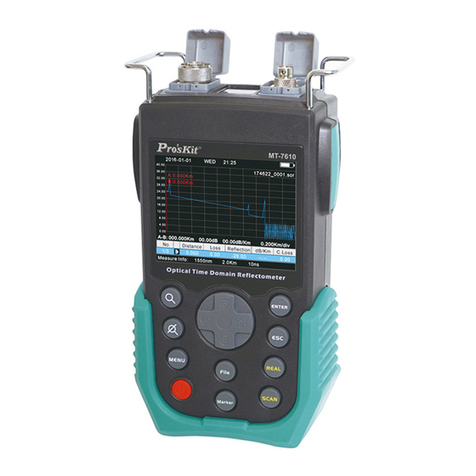
Pro's Kit
Pro's Kit MT-7610 Series User manual
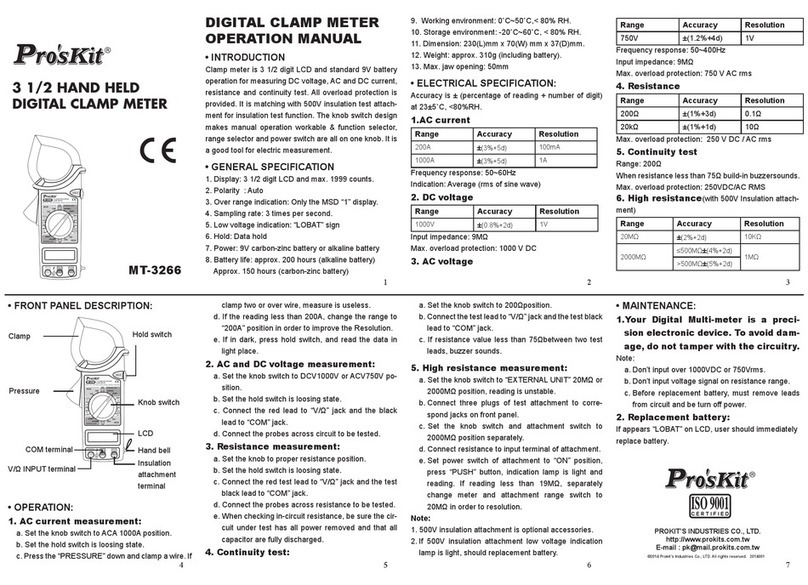
Pro's Kit
Pro's Kit MT-3266 User manual
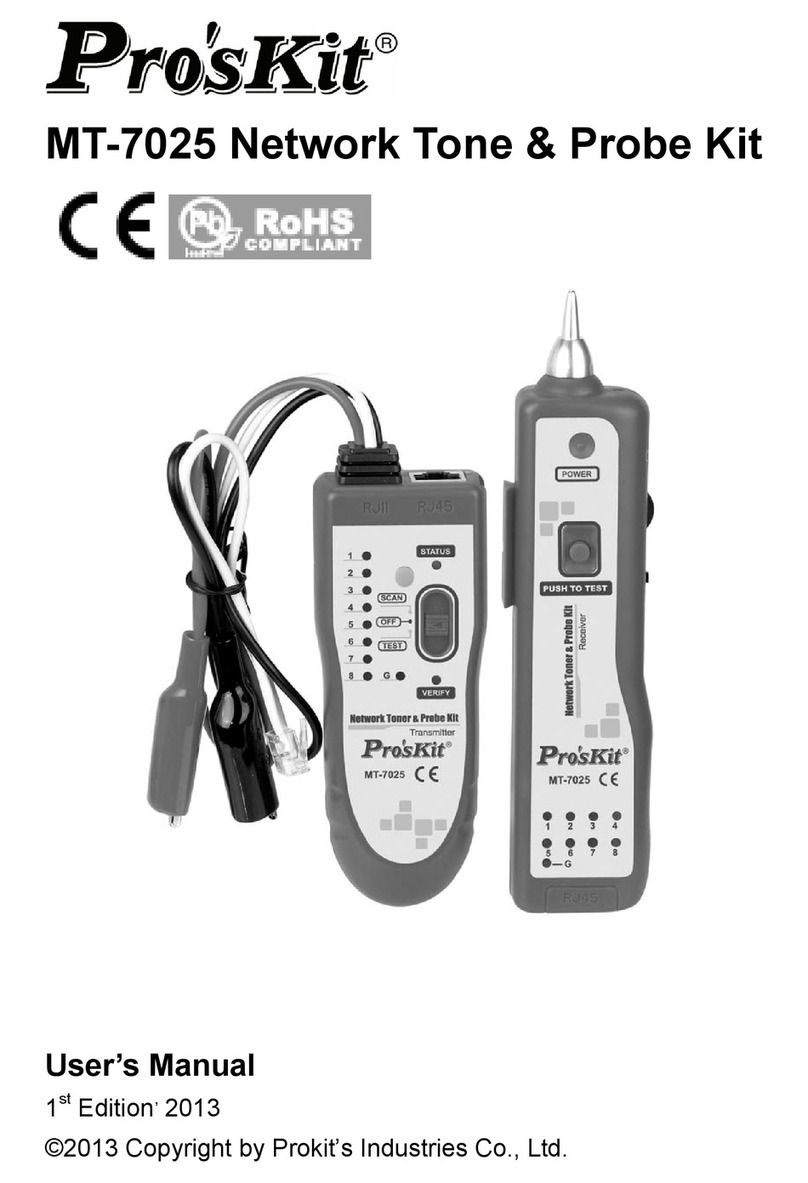
Pro's Kit
Pro's Kit MT-7025 User manual
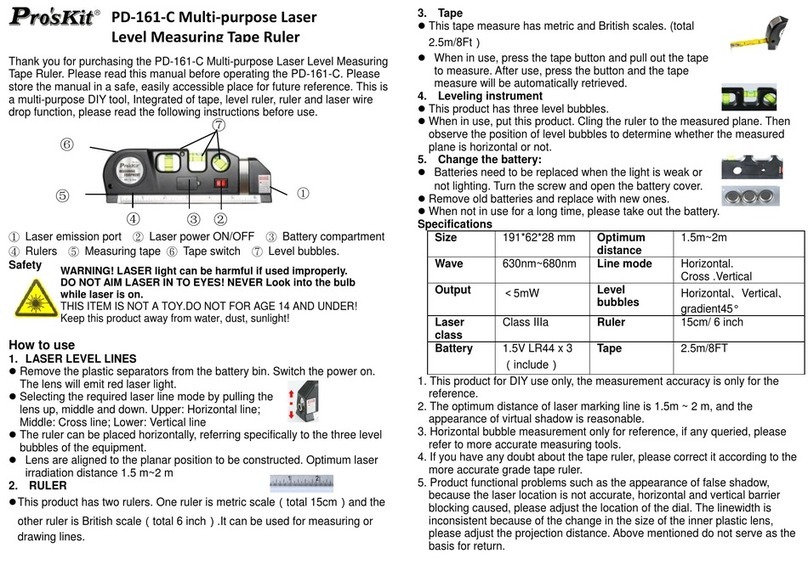
Pro's Kit
Pro's Kit PD-161-C User manual
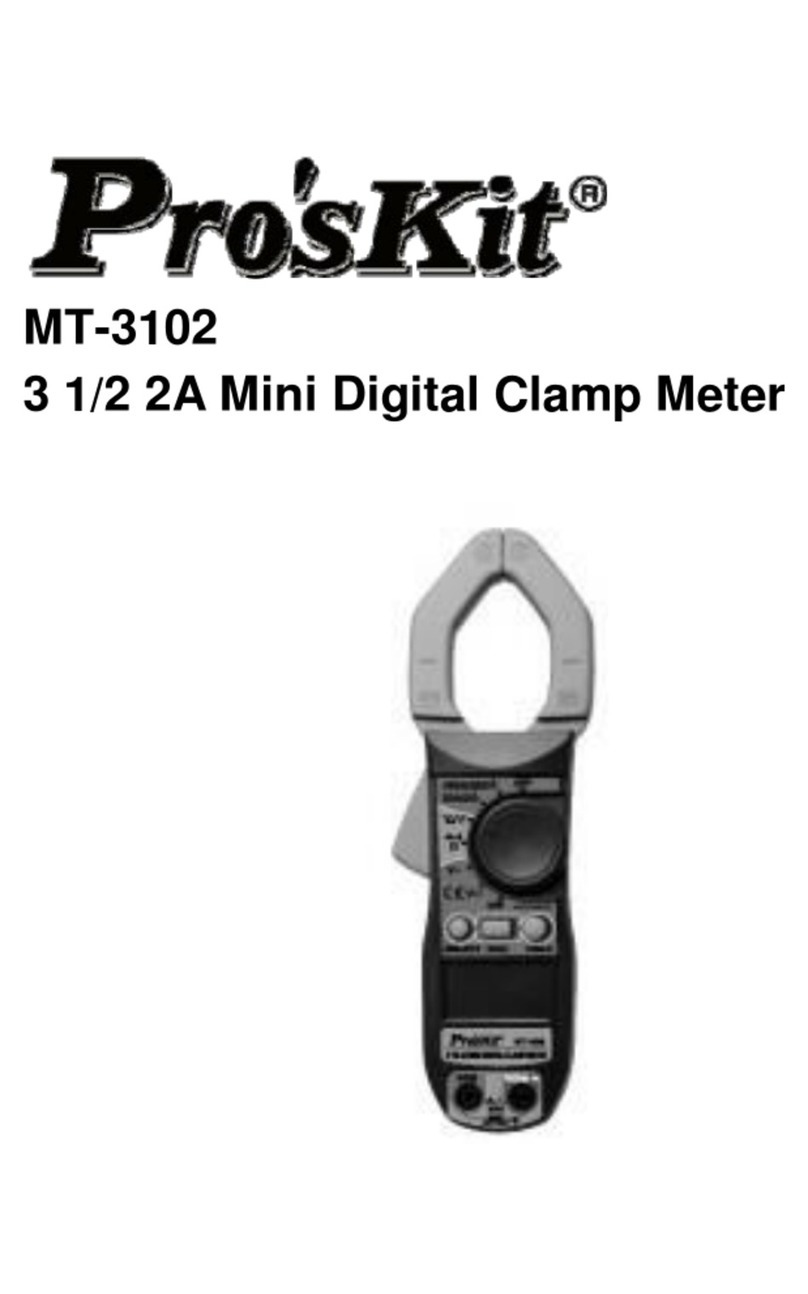
Pro's Kit
Pro's Kit MT-3102 User manual
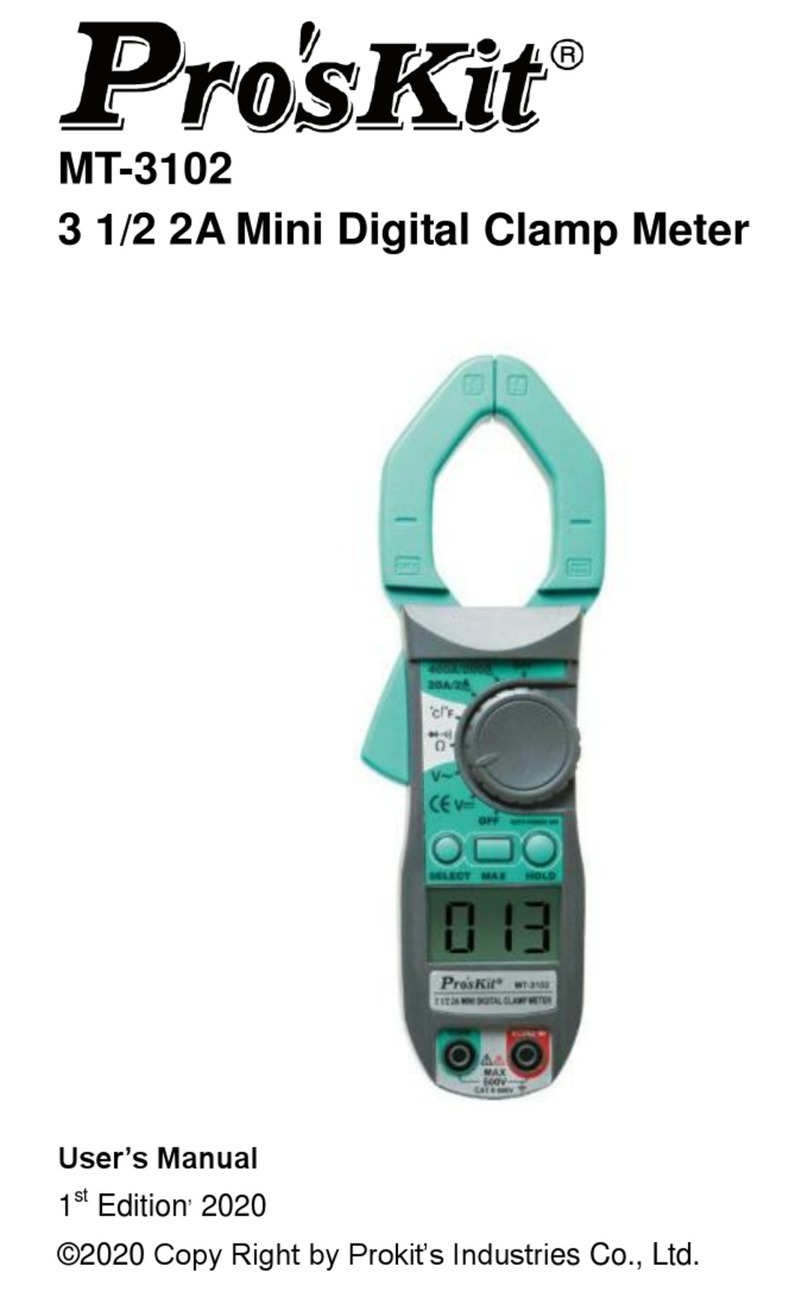
Pro's Kit
Pro's Kit MT-3102 User manual
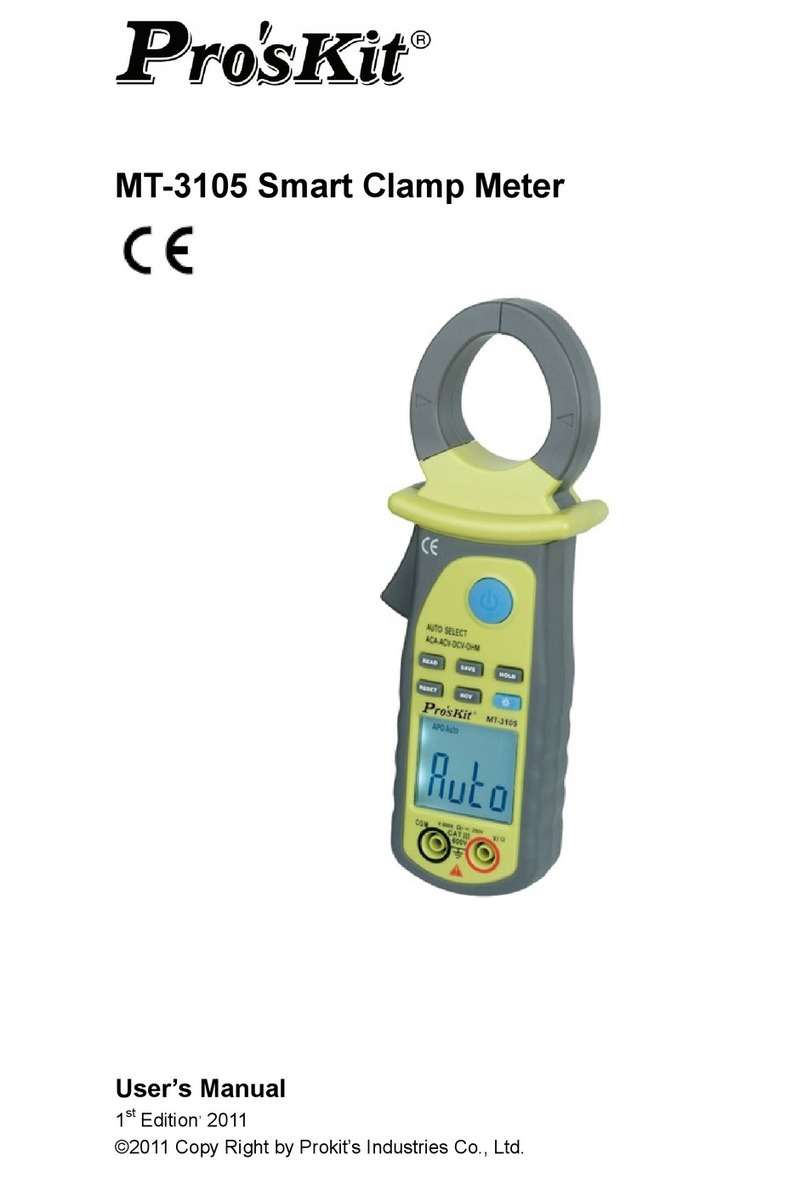
Pro's Kit
Pro's Kit MT-3105 User manual
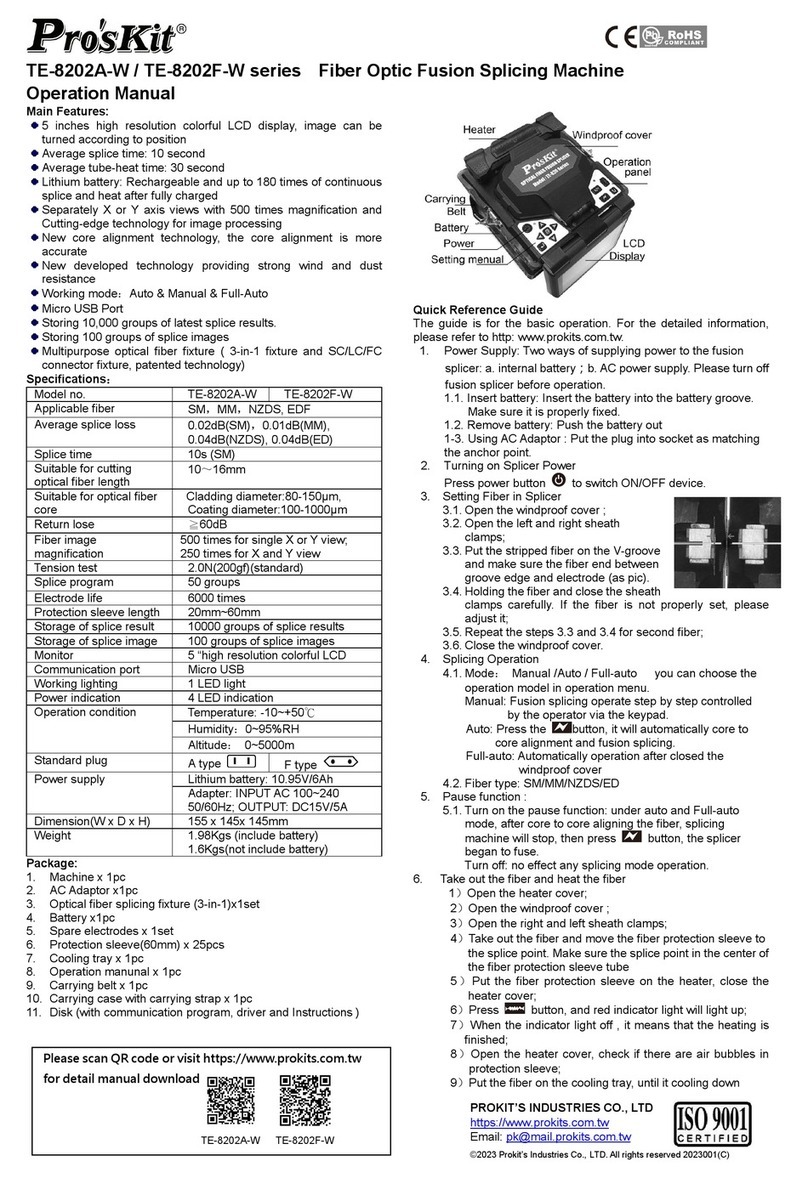
Pro's Kit
Pro's Kit TE-8202A-W Series User manual

Pro's Kit
Pro's Kit NT-311 User manual
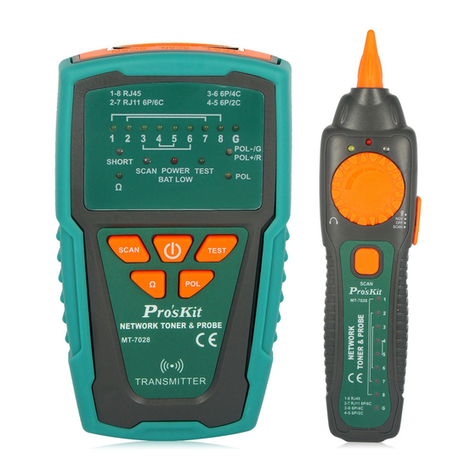
Pro's Kit
Pro's Kit MT-7028 User manual
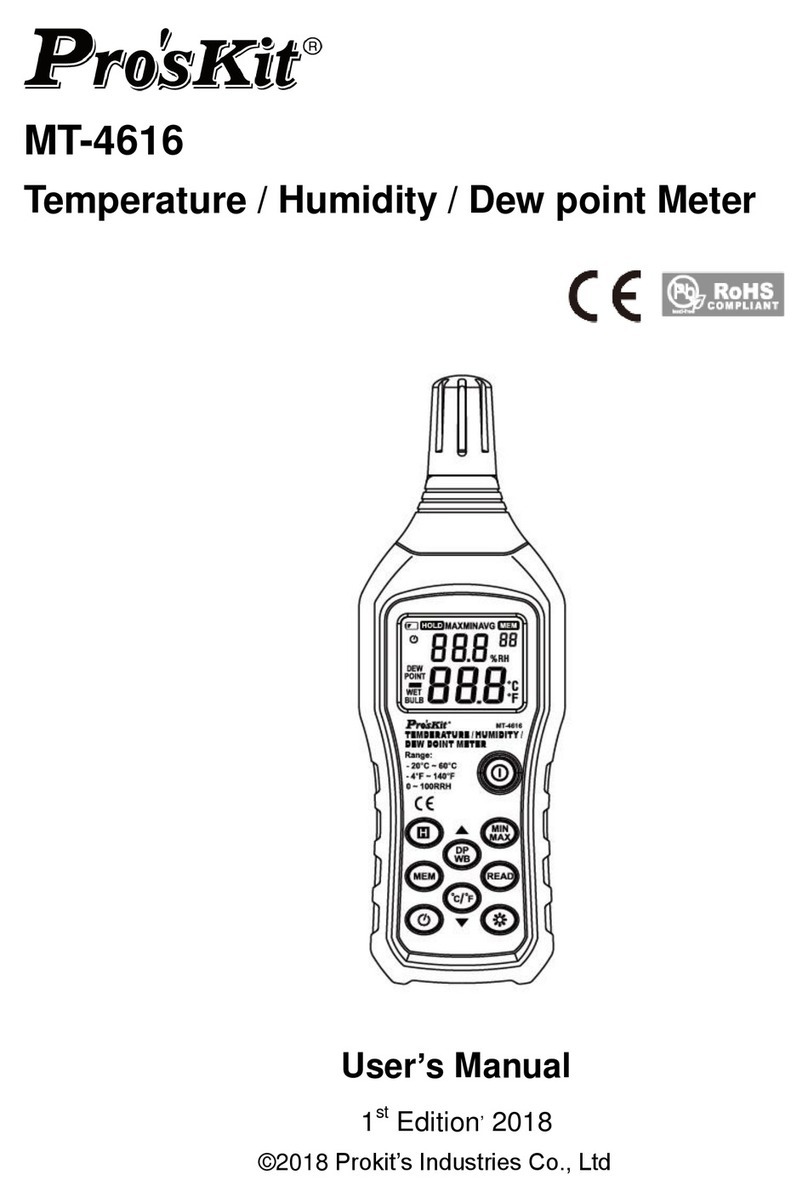
Pro's Kit
Pro's Kit MT-4616 User manual
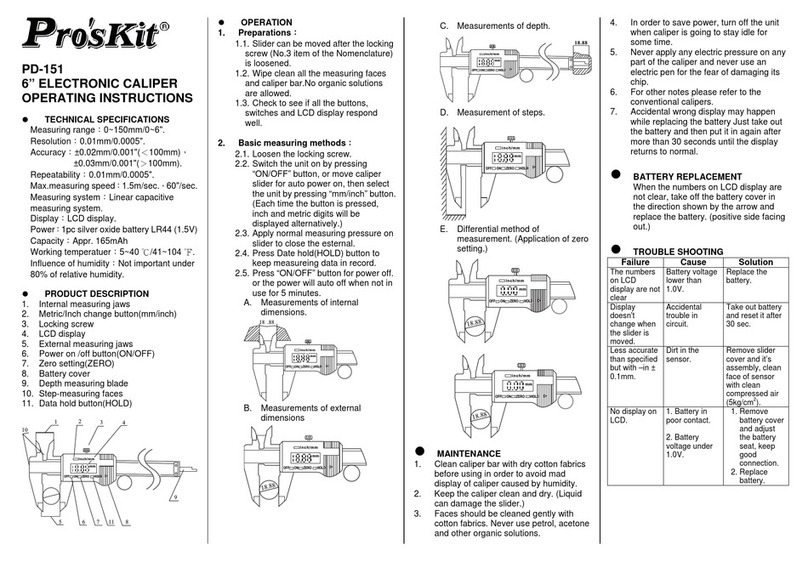
Pro's Kit
Pro's Kit PD-151 User manual
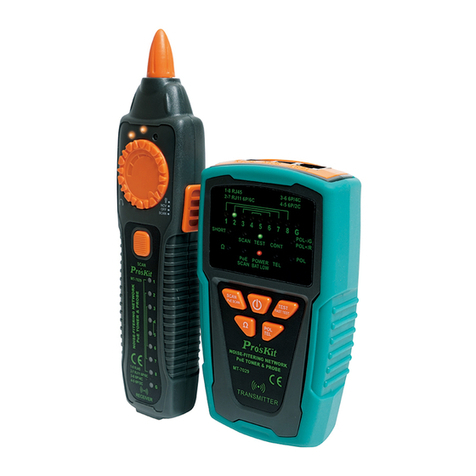
Pro's Kit
Pro's Kit MT-7029 User manual
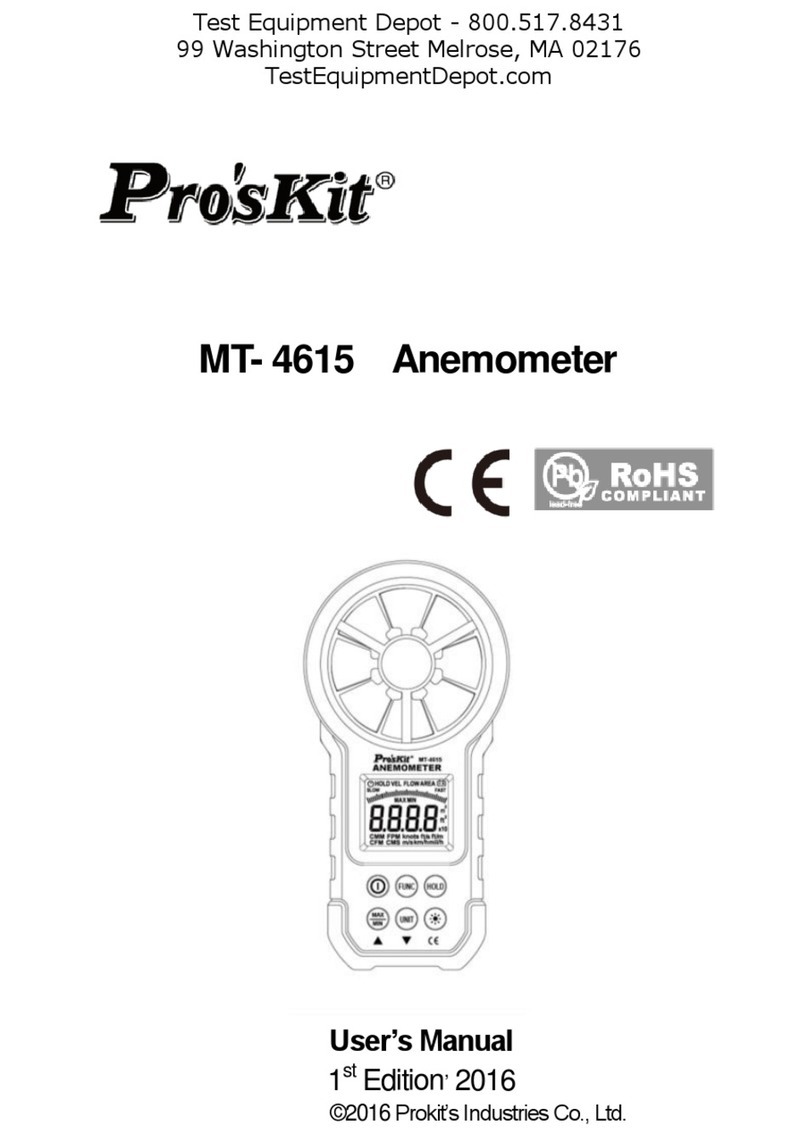
Pro's Kit
Pro's Kit MT- 4615 User manual
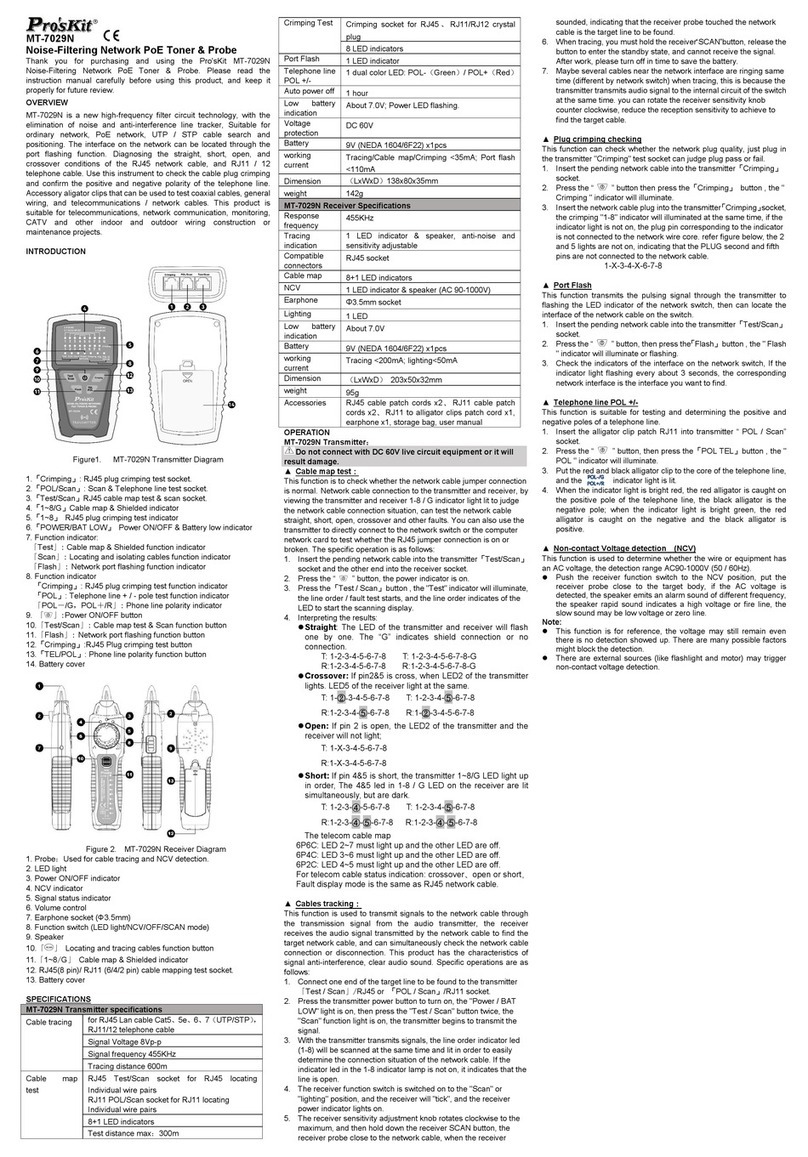
Pro's Kit
Pro's Kit MT-7029N User manual
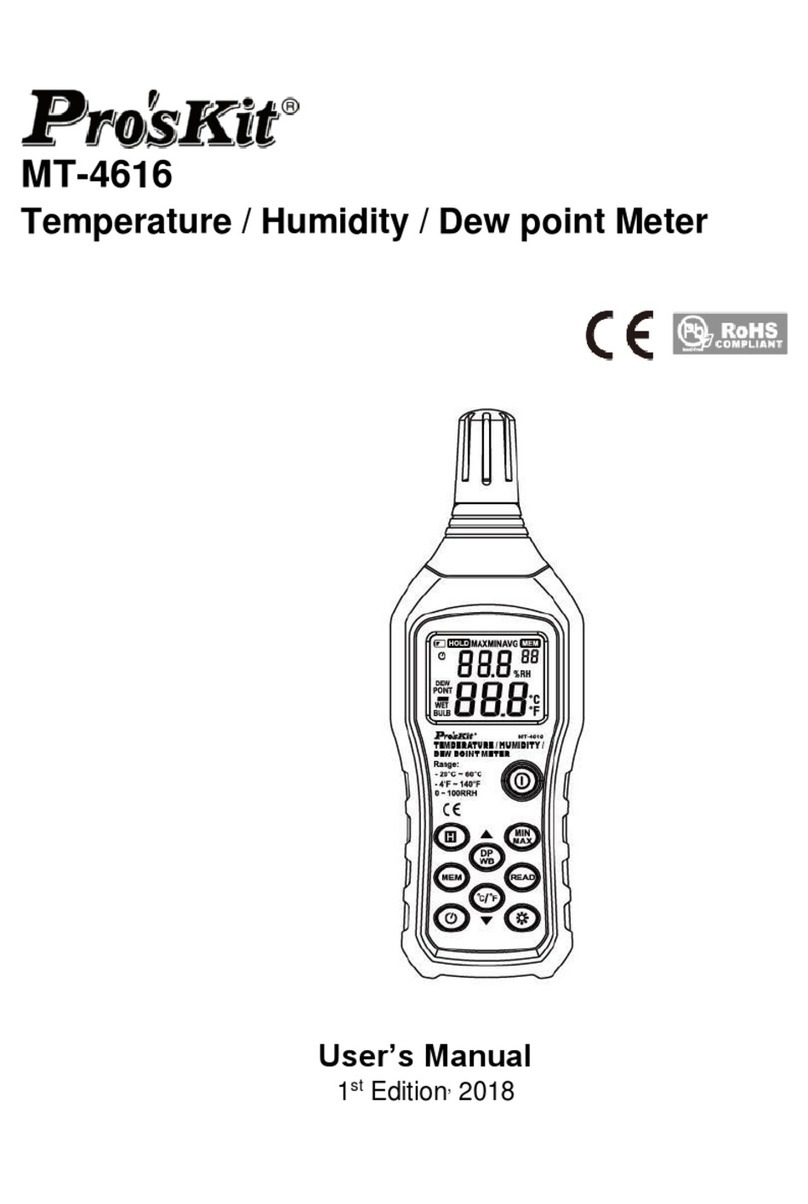
Pro's Kit
Pro's Kit MT-4616 User manual
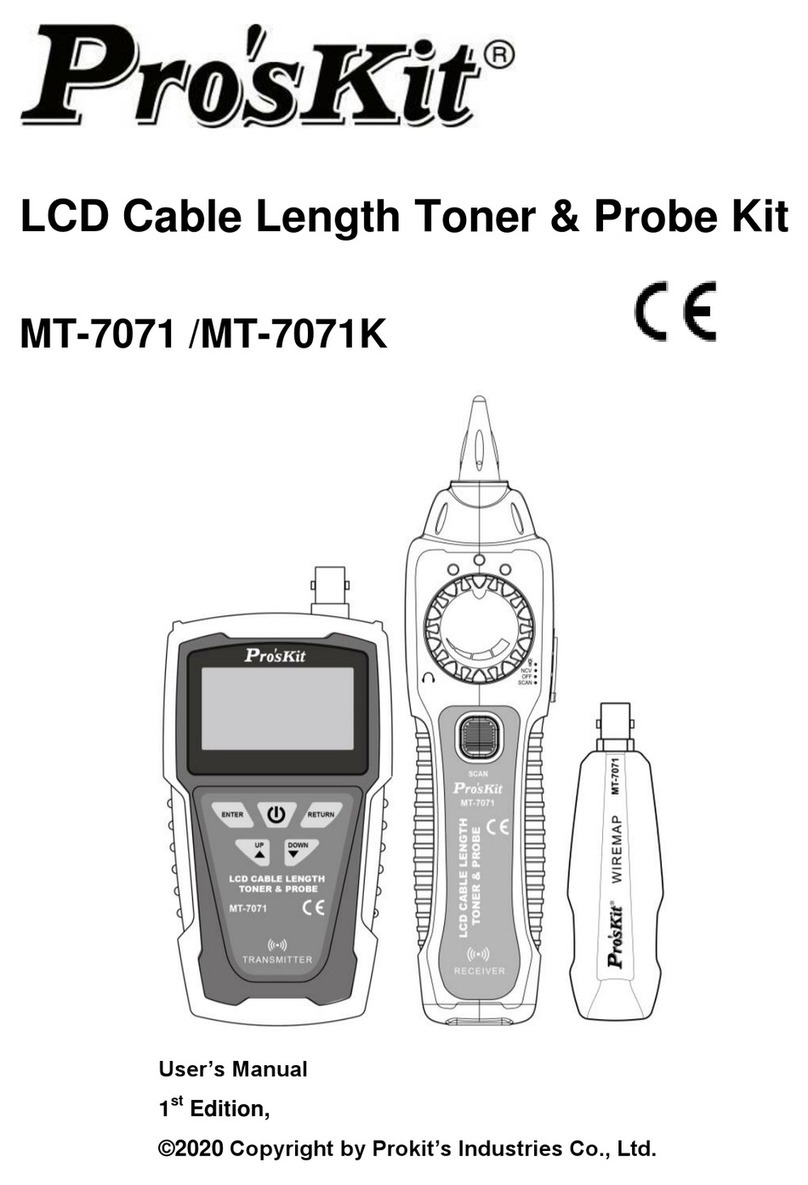
Pro's Kit
Pro's Kit MT-7071 User manual
Popular Measuring Instrument manuals by other brands

Inficom
Inficom SQM-160 operating manual

Endress+Hauser
Endress+Hauser CleanFit P CPA 471 operating instructions
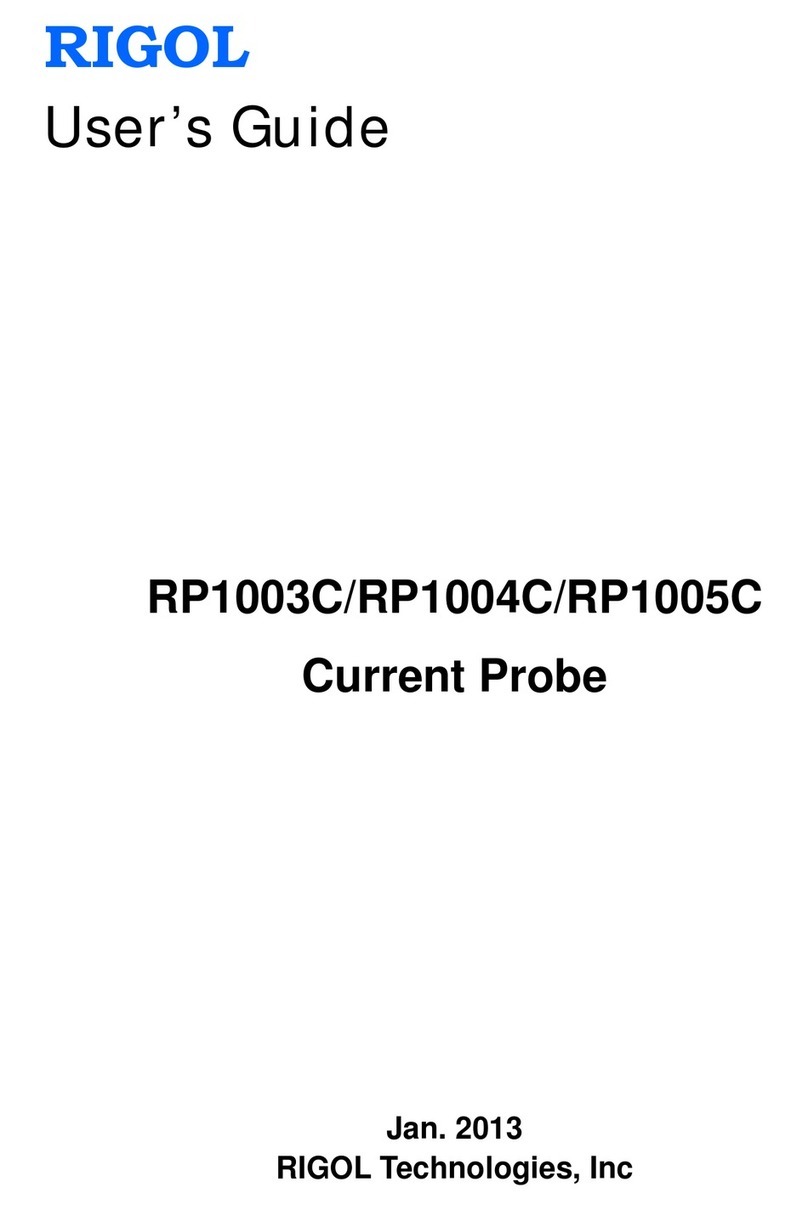
Rigol
Rigol RP1003C user guide
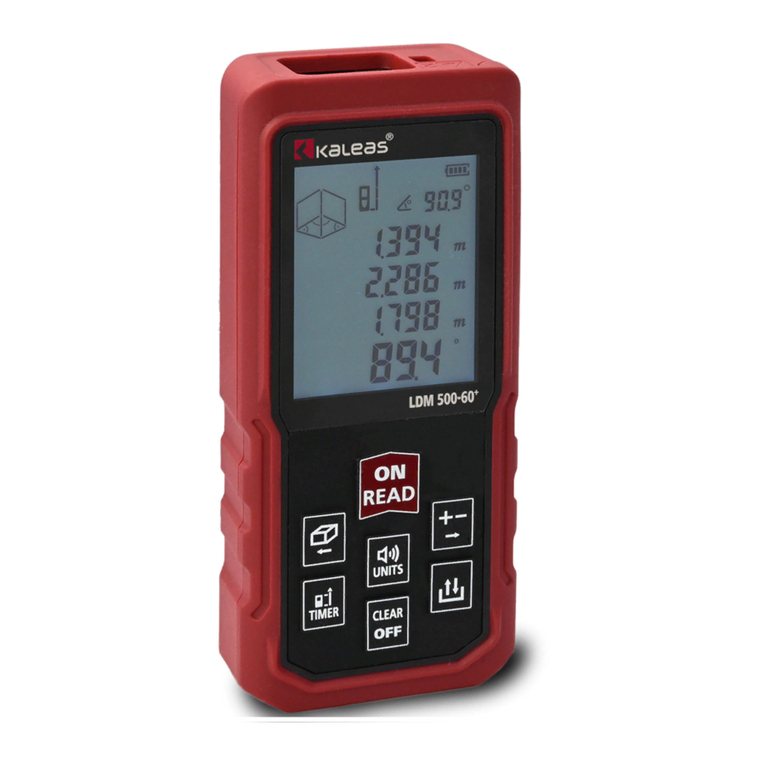
KALEAS
KALEAS LDM 500-60+ Operating instruction

Monacor
Monacor SM-2 instruction manual
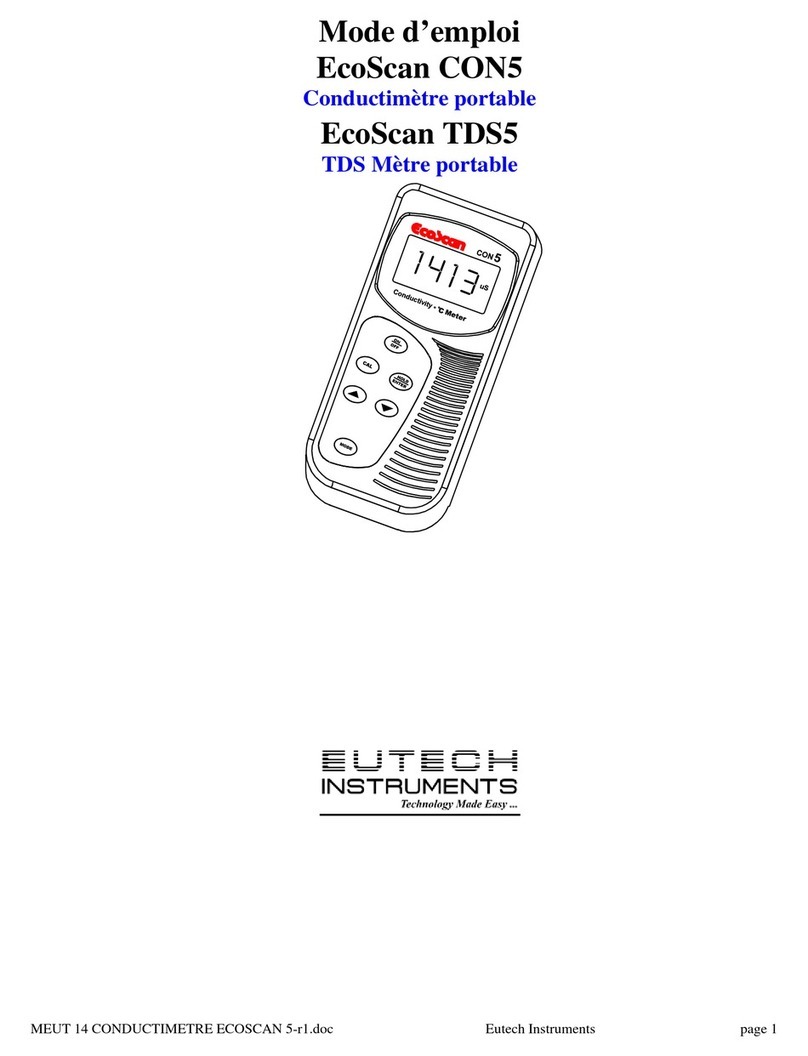
EUTECH INSTRUMENTS
EUTECH INSTRUMENTS ECOSCAN CON TDS 5 CONDUCTIVITY PORTABLE... Mode d'emploi

